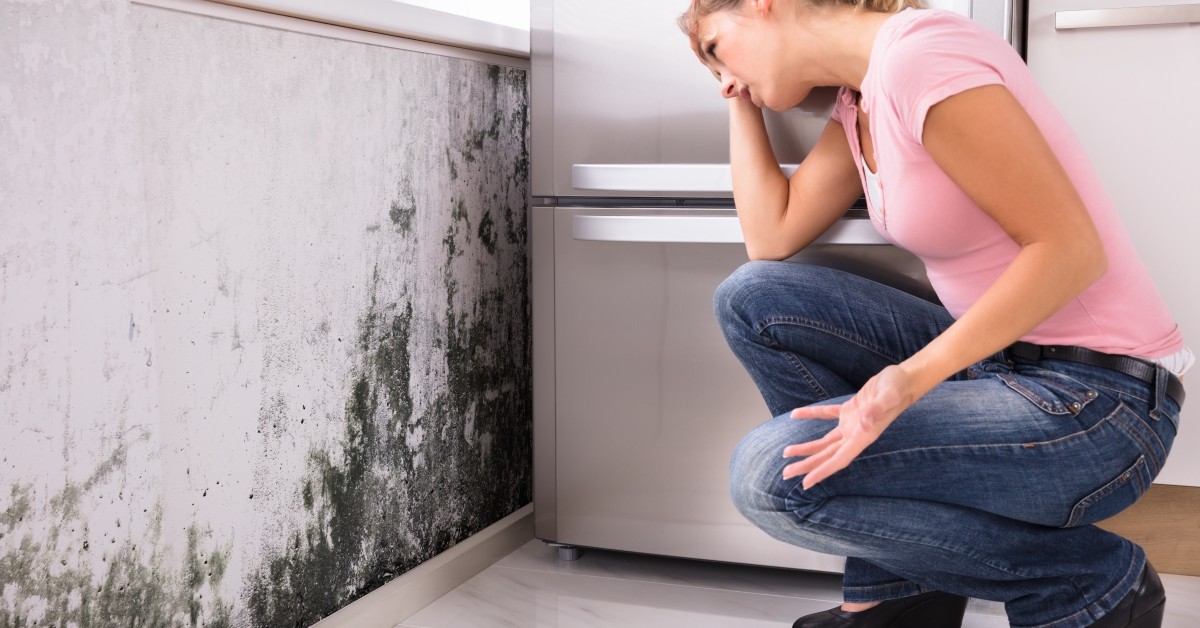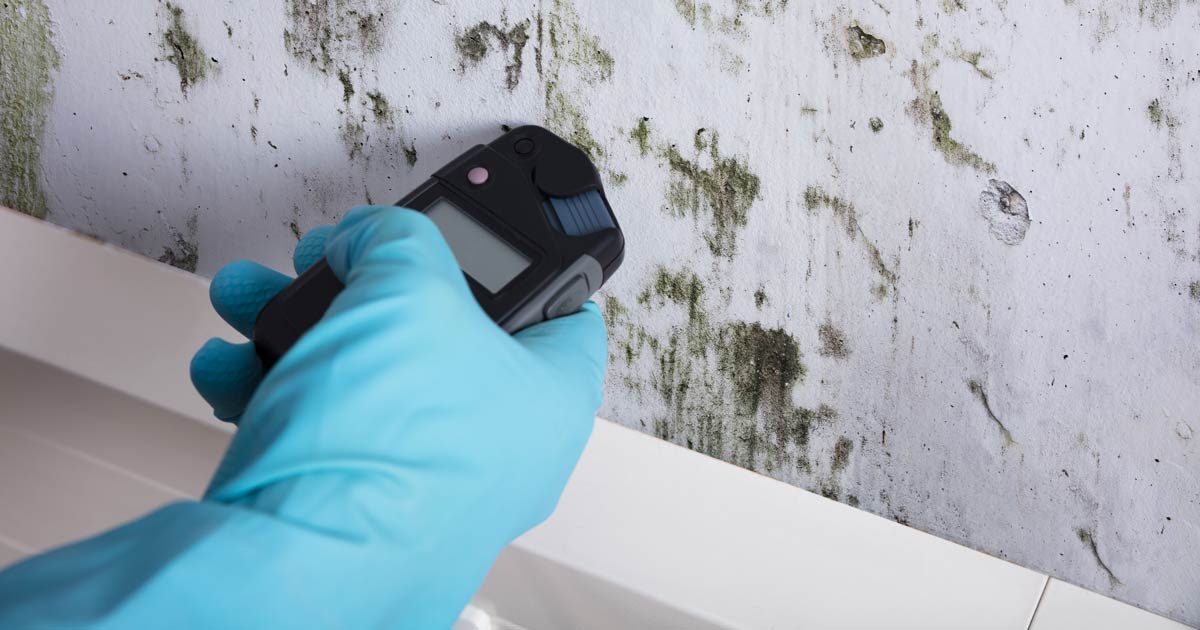Your Ultimate Overview to Blog Post Mold Remediation Techniques
Navigating the world of post-mold removal techniques is a thorough procedure that demands attention to information and a thorough understanding of the ins and outs included. In the consequences of mold infestation, recognizing exactly how to efficiently eliminate the mold and prevent its reoccurrence is extremely important for keeping a healthy and balanced interior environment. From picking the best cleaning and disinfecting techniques to carrying out methods for long-lasting mold and mildew avoidance, each action in the remediation trip plays an essential role in ensuring an effective outcome. As we get started on this expedition of post-mold removal techniques, we will certainly uncover the key strategies and ideal practices that can aid you recover your area to its pre-mold problem and protect it versus future mold dangers.
Comprehending Post-Mold Removal Refine
After finishing the mold and mildew remediation process, it is crucial to recognize the post-mold removal methods that are required to ensure a comprehensive and efficient clean-up. When the mold has been removed, the following action entails cleansing and sanitizing the affected areas to prevent any type of regrowth of mold. This includes using specialized cleaning representatives to clean down surfaces and kill any kind of staying mold spores. It is crucial to dry the area entirely to inhibit the development of mold and mildew in the future (After mold remediation). Correct air flow and dehumidification can aid in this process.
Furthermore, carrying out a final evaluation post-remediation is important to guarantee that all mold has been successfully removed. This assessment ought to involve a comprehensive aesthetic check as well as possibly air tasting to confirm the absence of mold and mildew spores airborne. Added removal may be essential if the evaluation exposes any kind of lingering mold and mildew. Educating residents on precautionary procedures such as regulating moisture degrees and immediately attending to any kind of water leakages can aid maintain a mold-free environment.
Efficient Cleaning and Disinfecting Approaches

Preventing Future Mold Development

Importance of Correct Ventilation
Correct air flow plays a critical duty in protecting against moisture build-up, an essential consider mold and mildew growth within interior environments. Efficient air flow systems help eliminate excess humidity from the air, lowering the possibilities of mold spores discovering the moisture they require to germinate and spread out. Without ample air flow, indoor areas can come to be a breeding ground for mold and mildew, bring about prospective wellness risks and architectural damages.
By ensuring correct air circulation, air flow systems can also assist in drying out wet areas quicker after water damages or flooding incidents, further hindering mold and mildew growth. Post Mold Remediation. In areas like bathrooms, cellars, attics, and cooking areas where moisture levels tend to be greater, installing and preserving effective air flow systems is vital in avoiding mold and mildew problems

Monitoring and Upkeep Tips
Offered the essential function that appropriate air flow plays in stopping mold development, it is crucial to establish effective monitoring and maintenance pointers to ensure the ongoing functionality of air flow systems. Regular examinations of ventilation systems must be carried out to look for any type of signs of blockages, check that leakages, or malfunctions that could hinder proper air movement. Tracking moisture degrees within the residential property is also essential, as high moisture can add to mold and mildew development. Setting up a hygrometer can help track moisture levels and sharp homeowners to any kind of spikes that might require interest. In addition, ensuring that air filters are regularly cleaned or replaced is vital for keeping the effectiveness of the air flow system. Implementing a routine for regular maintenance jobs, such as duct cleansing and a/c system inspections, can aid avoid issues before they rise. By staying proactive and attentive to the problem of ventilation systems, building owners can properly minimize the threat of mold regrowth and maintain a healthy indoor environment.
Verdict
Finally, post-mold remediation techniques are essential for guaranteeing a secure and tidy atmosphere. Understanding the process, carrying out efficient cleaning and disinfecting techniques, protecting against future mold and mildew growth, maintaining correct ventilation, and regular tracking are all vital steps in the removal process. By following these guidelines, you can successfully remove mold and stop its return, promoting a healthy and balanced living or working space for all owners.
In the after-effects of mold and mildew invasion, knowing exactly how to effectively get rid of the mold and avoid its reoccurrence is paramount for her latest blog maintaining a healthy interior environment. Once the mold and mildew has been eliminated, the following step entails cleaning and disinfecting the affected locations to prevent any type of regrowth of mold - Post Mold Remediation. After eliminating noticeable mold growth, it is vital to clean up all surface areas in the affected area to get rid of any kind of remaining mold and mildew spores. To further enhance mold avoidance actions, it is vital to address underlying problems that originally led to mold and mildew growth.Offered the vital function that correct air flow plays in preventing mold development, it is important to develop effective surveillance and upkeep suggestions to ensure the ongoing capability of air flow systems